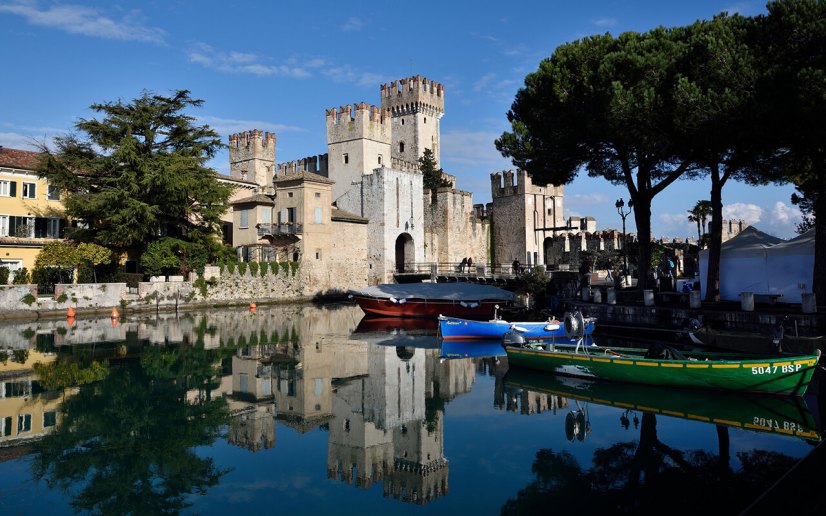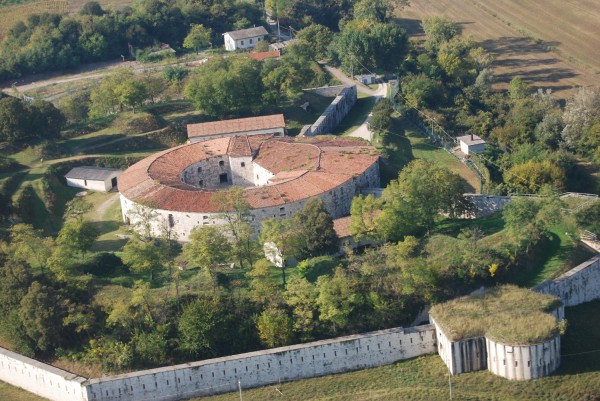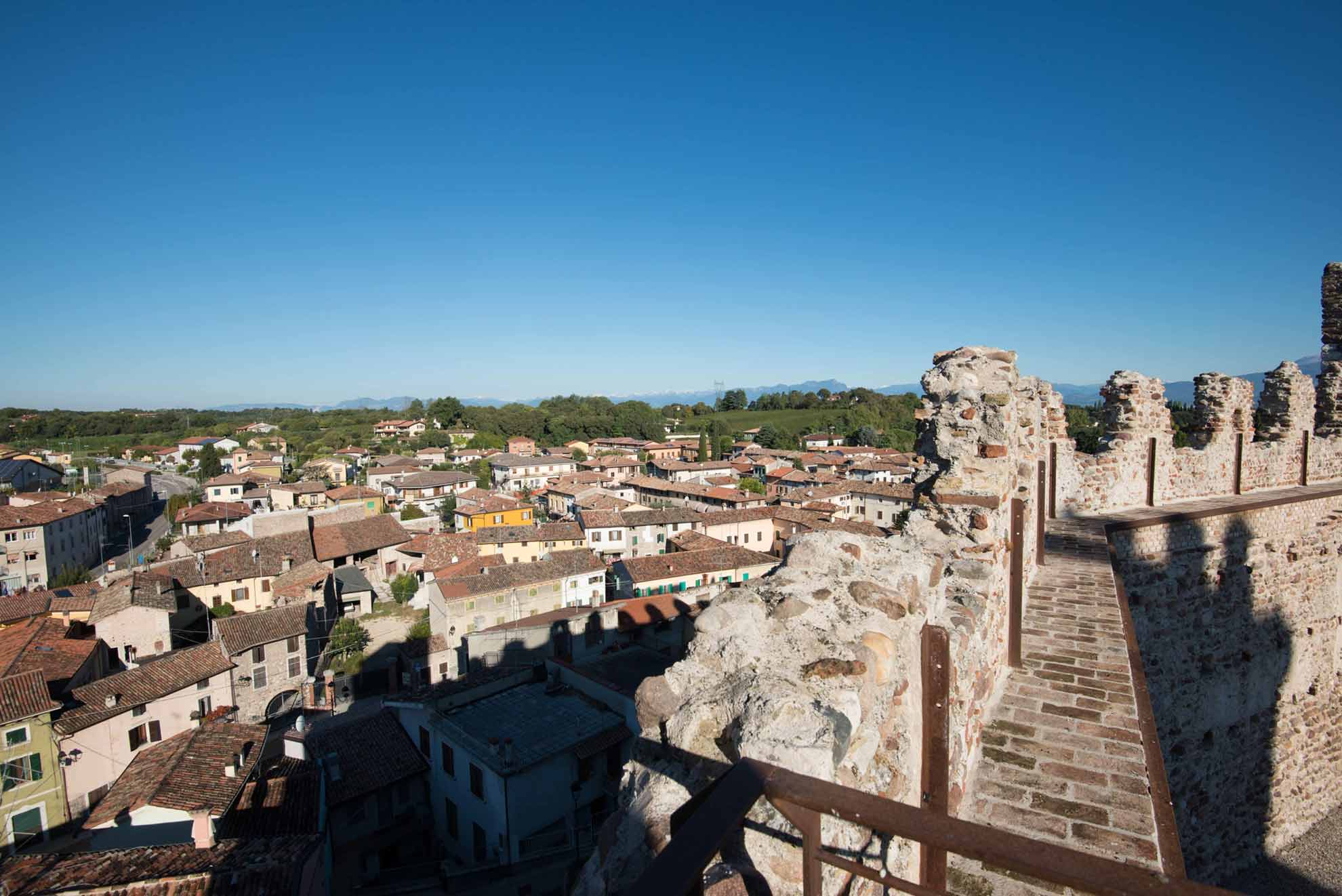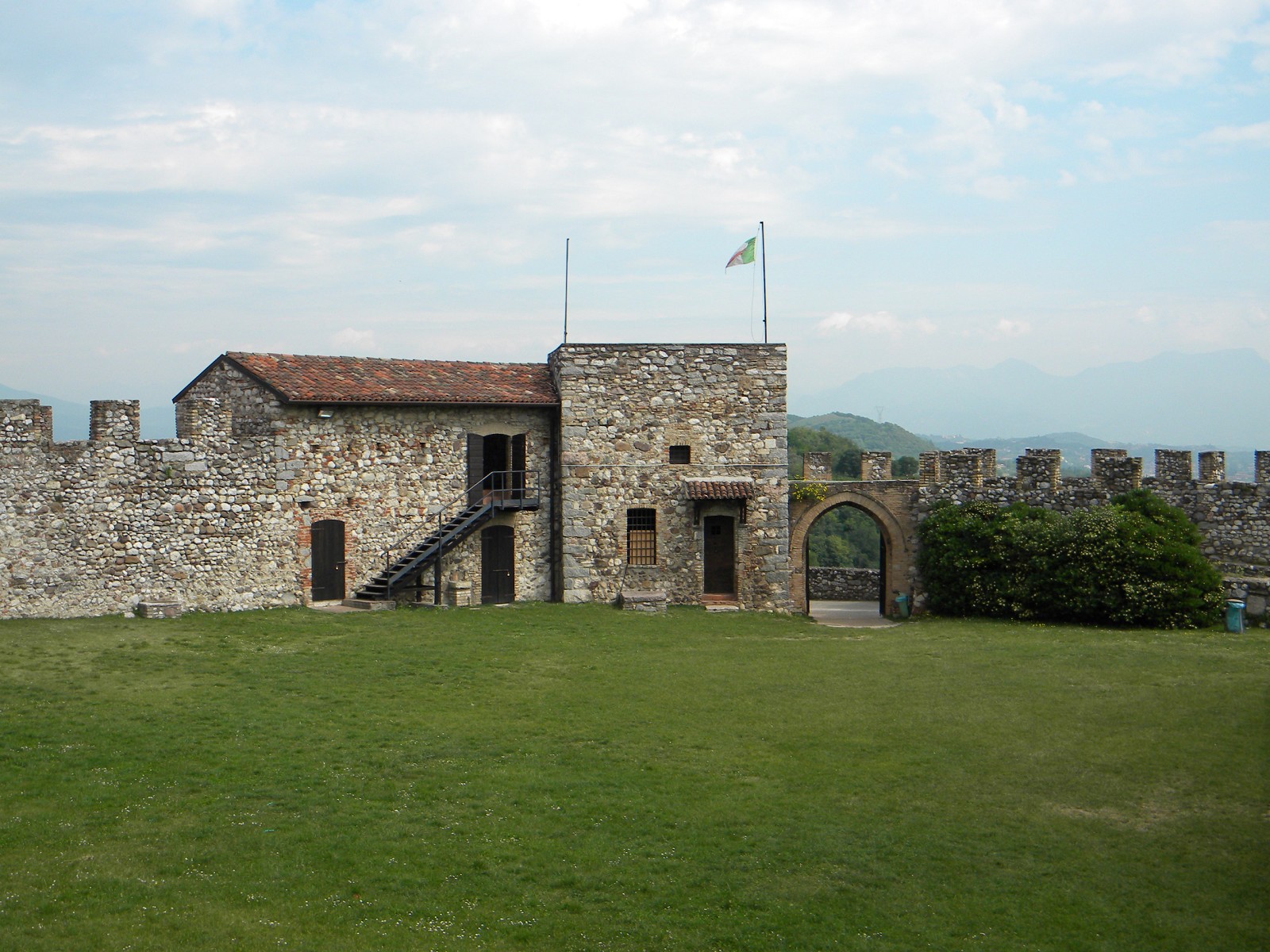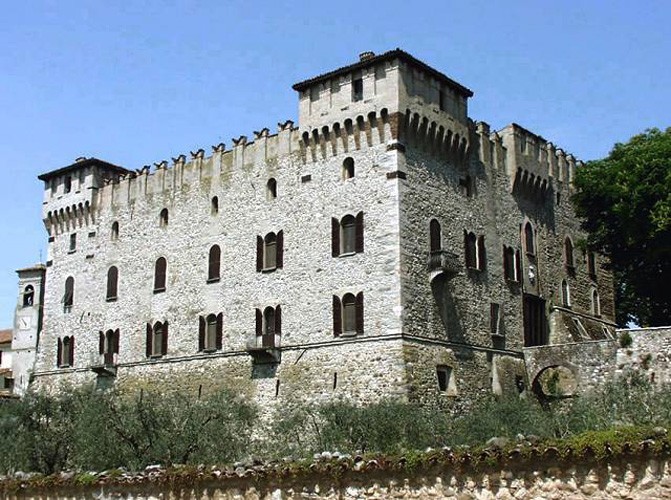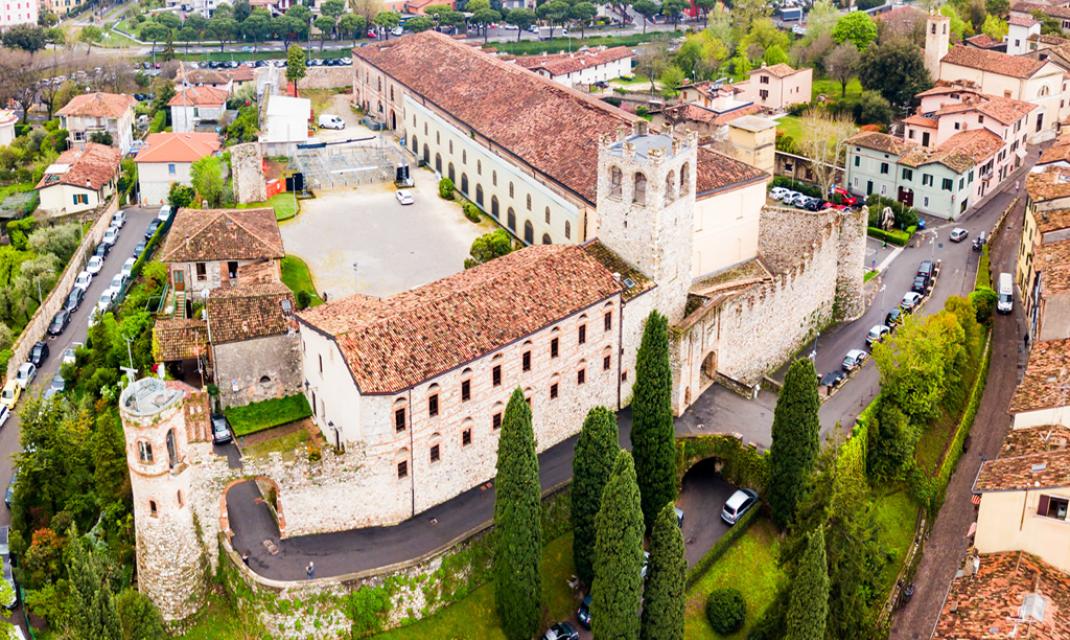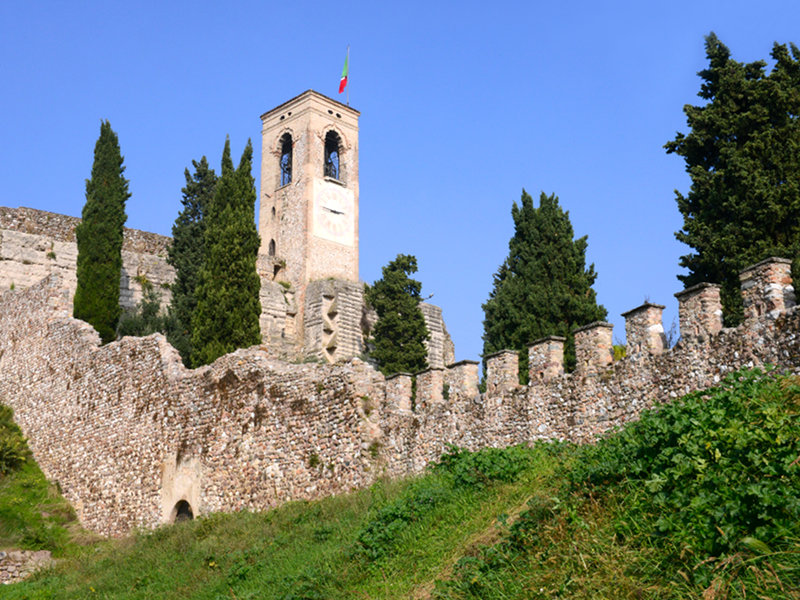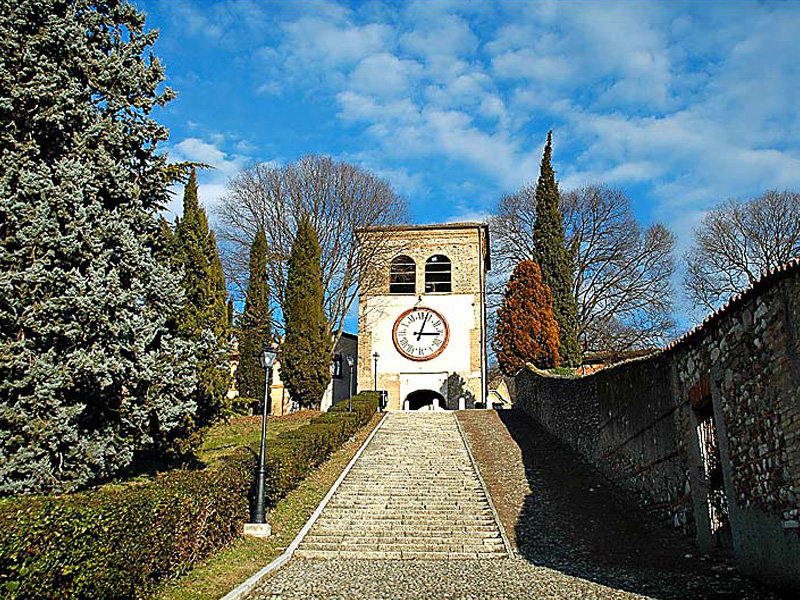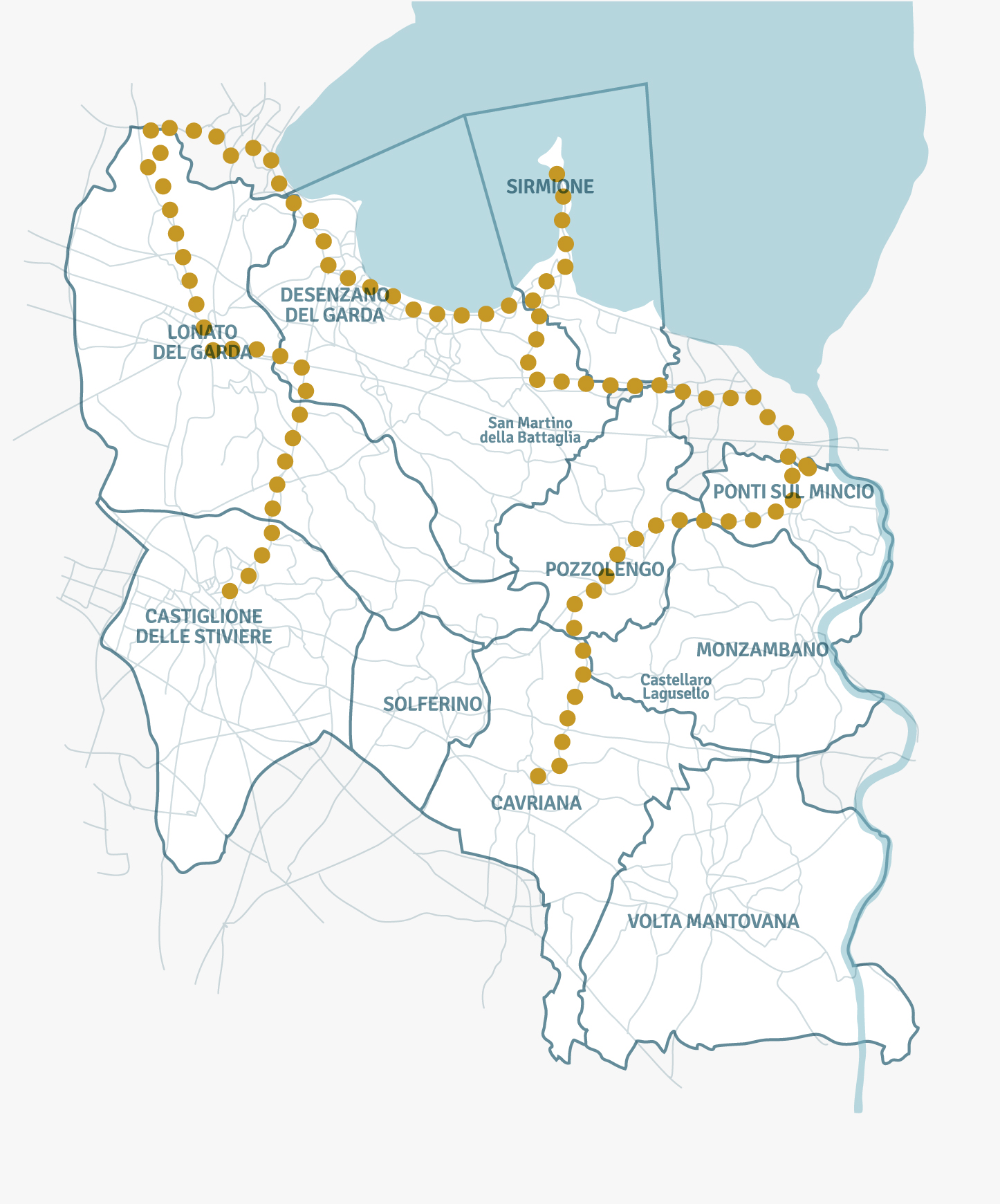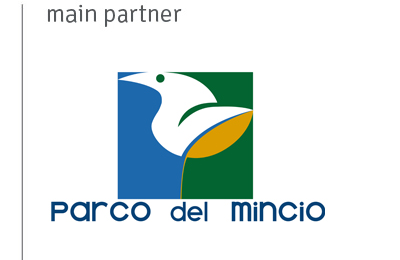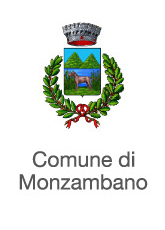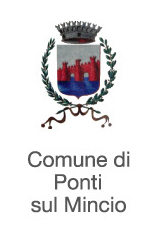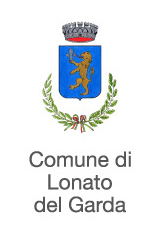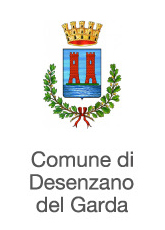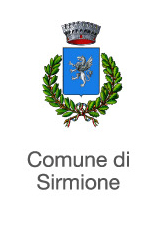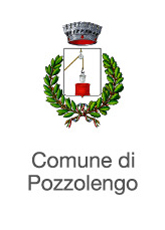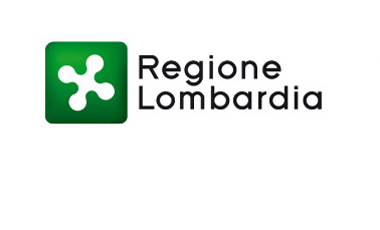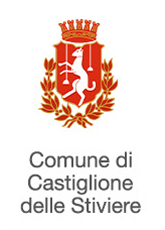![]()
1.2
the fortifications
Essential components of the landscape design and at the same time symbols and silent witnesses in a now indistinct past
Even today the Mincio constitutes a sort of hinge between Veneto and Lombardy and in the territories along and close to its course many of the military works carried out continuously from the Middle Ages to the present day remain. Essential components of the landscape design and at the same time symbols and silent witnesses to a now indistinct past, in these works one can still read the characteristics of the evolution of the fortification art, the ability and talent of the military engineers and the echo and the memory of clashes and battles that wrote important pages of European history. From the early Middle Ages to the feudal age, from the municipal age to that of the lordships, the territories of the upper Mincio, in particular, were disputed both for their economic importance and for their strategic role in the context of military politics. Pages of history written by the Canossa, Scaligeri, Visconti and Gongaza families, which led to the construction of towers, fortresses, castles and fortified enclosures, works that marked the division of the Venetian lands from those of Mantua, elements of strength responsible for the defense of the territory but also parts of systems designed for the processing and storage of products and the control of special duties and tolls. True centers of the defense of the territory and of the administrative, legal and economic life of the fiefdom and of the community, elements of organization which over the centuries underwent changes in structure and function depending on events, politics and defensive needs from time to time once dictated by the rulers. The castles and fortified villages of Monzambano, Ponti sul Mincio, Pozzolengo, Cavriana, Castellaro Lagusello, Volta Mantovana, and Valeggio sul Mincio represent works of medieval origin and structure, sometimes remodeled later, built in pebbles or masonry, which constitute parts characterizing the territories of the upper Mincio. Between the 9th and 10th centuries, the complex phenomenon called “Encastellation” by historians also began in our territory. At this chronological height, stone or brick castles are not built as we usually imagine, but much simpler and cheaper wooden fences built on the highest (and therefore easily defensible) points of the territory: not surprisingly, in all the municipalities affected by the project we find castles that stand right on the top of the most important hills and which are nothing more than the expansion and strengthening of structures that arose centuries earlier, in a very different economic and demographic situation.

